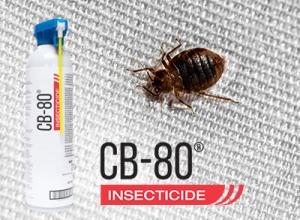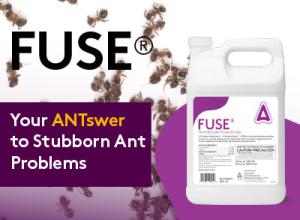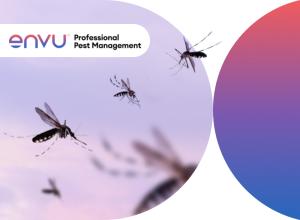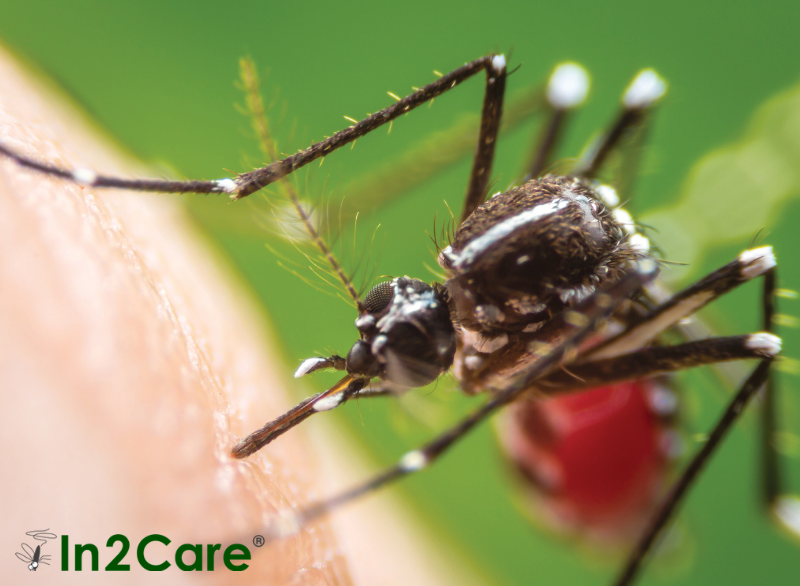18 tips for effective bed bug management


Stop letting bed bug callbacks bleed your bottom line.
While bed bugs can be tough to manage, the key to a successful treatment is thoroughness. The fewer steps you skip, the greater the chances your treatment will go according to plan.
While it may be tempting to work quickly, letting one product do the legwork, all it takes is one overlooked area to undo an entire treatment process.
Follow these helpful tips to keep bed bugs in check — and your customers satisfied.
Don’t skimp on inspecting
The call is urgent. Your customer is distressed.
While it may seem like a good idea to rush into a treatment, a pre-treatment inspection will save you time and money in the long run.
- Take the time to check sleeping areas and nearby objects like headboards, bedframes, and night tables.
- Look for eggs on baseboards, outlets, and framed photos.
- Keep track of your findings with diagrammed notes.
- Use monitoring devices to estimate population counts for more effective treatments.
- Inspect all adjacent rooms and apartments — to the sides, above, and below the target area.
Prepare the space for maximum access
Once the inspection is complete, get the most out of your treatment by tidying the area beforehand.
- Prevent the spread of bed bugs into new areas— avoid removing anything from the infested room(s).
- Disassemble bed frames. Securely bag and launder items like clothing, stuffed animals and linens in hot, soapy water, and put them in a hot dryer for 30 minutes.
- Pull furniture away from walls. Stand mattresses and box springs on end. Remove cotton dust covers from the bottoms of box springs.
- Remove objects from closets and drawers, and from under beds.
- Also remove all electrical plates, phone jack covers, and light switches.
- Vacuum as many areas as possible, properly treating or disposing of the vacuum bag afterward.
- For infested items like electronics, books, and plastic plants, either bag and discard them or treat them in a dry heat chamber.
- Make sure to mark discarded items as bed bug infested.
Treatment time: Leave no stone unturned
When it’s finally time to treat, move slowly and methodically. Even the smallest cracks and tufts can make a welcome home for bed bugs.
- Pay attention to detail: In addition to areas like bed frames, headboards, and box springs, treat areas like mattress tufts, screw holes, and other crevices where fabric and wood attach to mattresses and couches.
- Treat inside and behind items including framed pictures, outlets, luggage, carpet edges, and peeling wallpaper.
- Also treat harborage points, including the spaces above recessed screws.
- After treating mattresses, cover them with an appropriately sized bed bug encasement.
Use a proven product like CB-80® Insecticide
Make sure the product you choose is designed to manage bed bugs in smaller spaces and crevices.
CB-80® Insecticide delivers reliable knockdown and kill of bed bugs, including in tough areas like mattress tufts and screw holes.
To learn more, visit gss.fmc.com/us/en/products/insecticides/cb-80-insecticide.
Be proactive in following up
Communicate with customers so they know what to expect before needing to reach out to you.
- Schedule a follow-up inspection and treatment. The process may need to be repeated around two weeks later to kill any newly hatched nymphs.
By following these steps up front, you can ensure more reliable results, happier customers, and fewer callbacks for your team.







